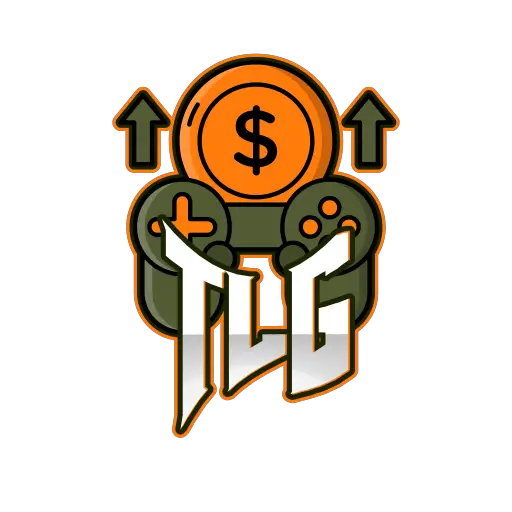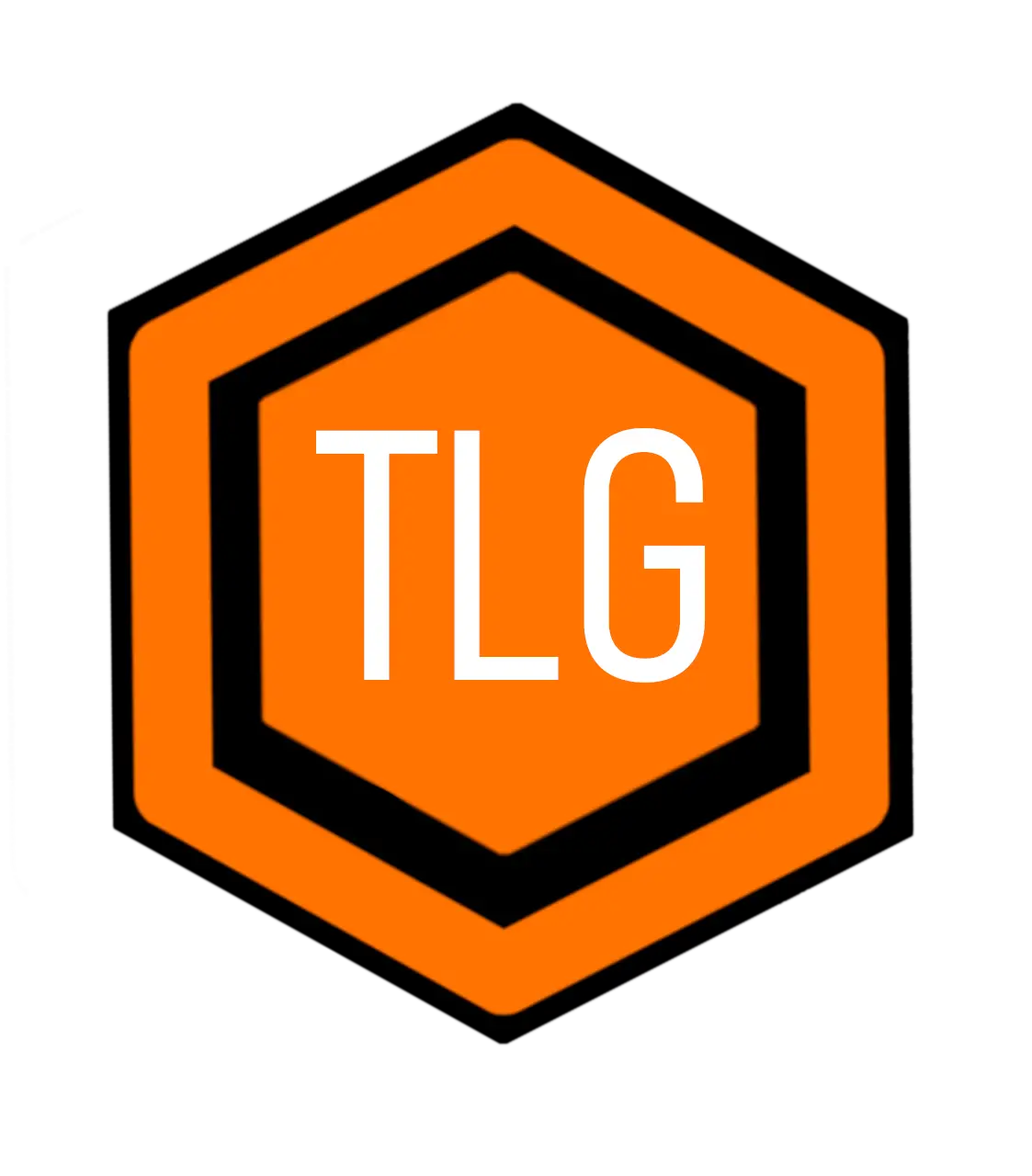Reviewed on Xbox One; Also available on PlayStation 4.
It’s 11.49pm at night and I’m hurtling at tremendous speed and slowly gaining on my competition, it’s my 14th lap and I’m hot on the heels of that annoying PRO ghost who keeps pipping me on the line at the last second. I see a tubular structure to the right, it cuts out the last corner and leads straight into the home stretch, brilliant! I un-snap my ship, jumping into the air, desperately searching for that next surface to maintain my speed……SNAP! My gamble has paid off and I’m now at 90 degrees on the side of that pipe and closing in on that finish line, I edge into lead, a wave of triumph flowing through my veins as I cross the line……but there isn’t any fanfare, the timer simply resets, new ghosts spawn and you go again, looking to shave those precious milliseconds off your time. This is Lightfield and its time for lap 15!
Gameplay
Lightfield bills itself as a “Hyper Futuristic racing game with a Parkour twist”, developed by Lost in the Garden, it certainly has a unique take on a genre that shares a stable with such classics as Wipeout and F-Zero. Lightfield’s big USP? “Omnidirectional Racing” or the ability to race on any surface in your pursuit of making it to the finish line in the fastest time possible.

Hyper Futuristic Racing
This unique feature is controlled with a “SNAP” that is assigned to either shoulder button or A and see’s your craft literally snap to the nearest surface. This feature is an absolute must for success, as if you are not snapped to a surface your ship will literally travel at half speed in flight mode. What this creates is an element of risk and reward while you try to find your perfect racing line through the 3D open world. Do you cut the corner and fly at half speed or do you take the longer route and remain snapped? I’ll admit that the first 30 minutes or so of play was quite overwhelming, as I found myself snapping to the wrong surface, flying backwards and literally going the wrong way in some instances. However, the developers have crafted quite a responsive control system and the concept of moving anywhere in a 3D space soon becomes a familiar one, with snapping, jumping and flying from one surface to the another becoming second nature in the pursuit for the fastest time.
Single Player
Single player content sees access to 3 games modes, Time Trial, Race and Exploration set across 7 tracks of varying difficulty, which are opened up as the player earns XP.
The game defaults to Time Trial, with the timer starting as soon as you pass the start gate. This in turns spawns AI ghosts of varying difficulty – from Beginner to Hyper – the challenge is to then beat the ghosts, the faster the ghost the more XP earned. This is probably the games best mode and it was certainly addictive trying to shave those precious seconds off your time.
Exploration see’s the player enter free roam and tasked with collecting stars dotted around the 3D landscape. This mode is seamlessly accessed by running into a star (which can be done mid time trial) effectively starting a 3D treasure hunt.

Exploration is more like a guided tour of the level.
Though this sounds great in principle, it is probably the weakest game mode. With the game literally putting waypoint markers from one star to the next. Essentially making it a guided tour of the level and acting more as a time filler as to a purposeful mode. In my opinion, possibly adding a timer between collecting the stars would have made it more challenging and exciting.
Last we have Race, which is accessed from the start menu. Race follows a standard 3 lap format with the player selecting the AI difficulty from the outset. In essence this mode doesn’t really feel dissimilar to time trial as there is no collision between the craft. I personally feel the developer missed an opportunity here to introduce weapons and power ups. Adding such mechanics would have certainly added a much-needed edge to this mode and also given it a differentiator against Time Trial.
Multiplayer
Lightfield has 2 multiplayer modes. Local co-op, which supports 2-4 players and Online, which supports 2-6.
Local co-op is actually implemented extremely well, with a seemless drop in/drop out mechanic that can see additional players racing in seconds. It’s great to see the developers embrace local “couch co-op” as the mode is seeing a bit of a renaissance at present. Probably the only downside is how chaotic and disorienting it can become when 4 different ships are all snapping to different surfaces at different angles. I personally found this mode worked better with just 2 players in split screen.
Graphics and Sound
The graphics of Lightfield are probably one of its strongest points. For the most part the game maintains a rocksteady 60fps, which certainly helps when you’re trying to make a snap decision and switch surfaces. Colours are bold and bright and the geometry of the individual levels is also interesting. I found myself wondering if the developers had been influenced by Konami’s Zone of the Enders (which is no bad thing) with the craft design, abstract futuristic cityscapes and vector trails that emit from the ships.

Art-style is very similar to Konami’s Zone of the Enders
The soundtrack that emanates in Lightfield is provided by Viennese Musician ‘Zanshin’, who delivers an accomplished electro soundtrack that fits in well with the ‘hyper futuristic’ racing concept. I found his brand of mellow electronica calming as I was trying to shave those valuable seconds off a fast lap in Time Trial. However, on the flip side, I did find it jarring when in Race mode and just wish there was a couple of ‘faster tracks’ included in the playlist to really get the blood pumping as you jostle for 1st place.

The name “Zanshin” is a concept from Japanese martial arts and translates roughly as “omnidirectional attention”,
Conclusion
In essence, Lightfield gets a lot of things right. It has a great mechanic in ‘Omnidirectional racing’ that is certainly unique to the genre. Graphics are bold and stylised and it has a decent Electronica soundtrack. However, it did feel like something was missing, such as the potential for weapons in race mode or a timed element in exploration. It is also awfully low on content with only 7 tracks and 3 game modes, meaning the majority of content can be experienced in only a few hours of play. Lightfield has the potential to be a very good game but just falls short due to a lack of content, especially at its current price point. If the developers can add extra features, modes and tracks then it would certainly be worth a re-visit.
Lightfield
$19.99
Cool
- Omnidirectional racing is unique
- Sense of speed can be exhilarating
- Drop in/Drop out Gameplay is implemented well
Not Cool
- Lack of weaponry feels like a missed opportunity.
- Only 7 Tracks
- Can be chaotic in 4 player split-screen







